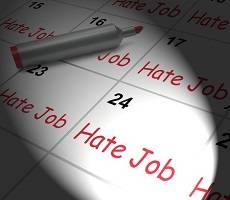December 4, 2015
New Acas guidance aims to prevent disability discrimination at work 0
 A new guide to help employers and managers identify, tackle and prevent disability discrimination in the workplace has been published by Acas. The new free guide ‘Disability discrimination: key points for the workplace’ helps employers get to grips with what disability means, how it can happen and how to prevent and manage complaints in the workplace. Iver the past year, the Acas helpline dealt with around 12,000 calls on disability related discrimination. Over four out of ten disabled people seeking work found that misconceptions around their capability to work were the biggest barrier to getting hired. According to Acas’ Head of Equality, Steve Williams: “Disability is a complex area of employment law that can encompass many conditions or situations that employers may not be aware of. HIV, cancer, depression, phobias, diabetes or an impairment caused by obesity are all conditions that could be considered as a disability.”
A new guide to help employers and managers identify, tackle and prevent disability discrimination in the workplace has been published by Acas. The new free guide ‘Disability discrimination: key points for the workplace’ helps employers get to grips with what disability means, how it can happen and how to prevent and manage complaints in the workplace. Iver the past year, the Acas helpline dealt with around 12,000 calls on disability related discrimination. Over four out of ten disabled people seeking work found that misconceptions around their capability to work were the biggest barrier to getting hired. According to Acas’ Head of Equality, Steve Williams: “Disability is a complex area of employment law that can encompass many conditions or situations that employers may not be aware of. HIV, cancer, depression, phobias, diabetes or an impairment caused by obesity are all conditions that could be considered as a disability.”






































December 2, 2015
Lack of talent will hold back any investment in infrastructure and building 0
by Mark Eltringham • Comment, News, Property, Workplace
More →